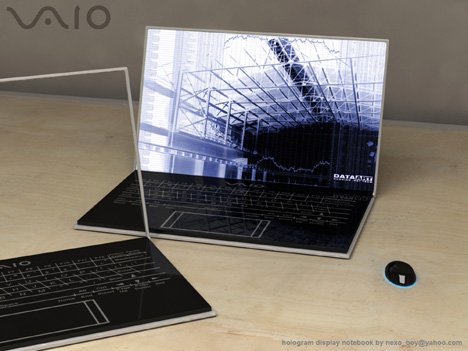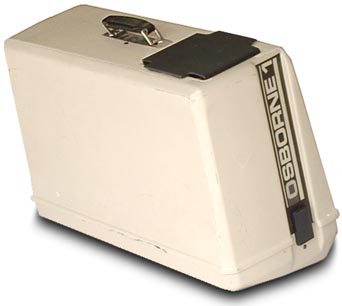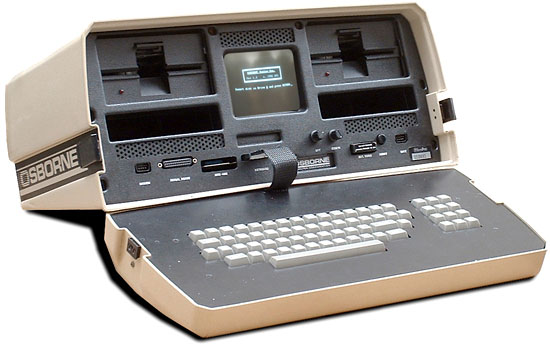IcePicK
Power Member
Propunha que colocassem aqui imagens e descrições de portáteis antigos e que por mais estranhos que pudessem parecer estavam muito à frente no tempo.
Começo eu com um bem antigo:
1º Hewlett-Packard HP 110 Maio 1984 (review)
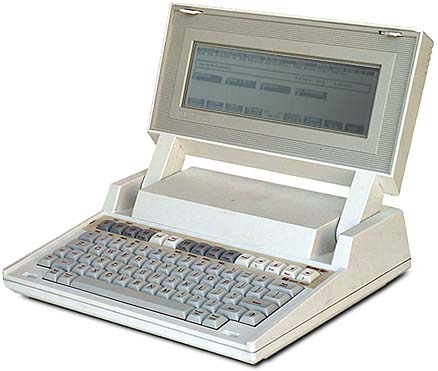
2º Apple Macintosh Portable (wiki) Setembro de 1989
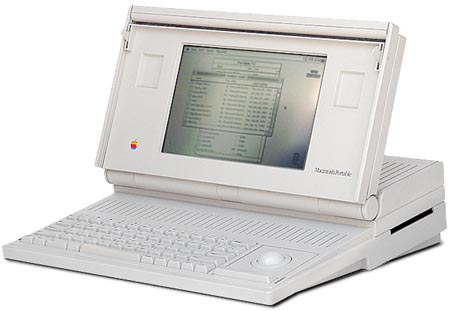
Como não há bela sem senão...
Damos um salto de mais de 10 anos, durante os quais pode ter havido alguma revolução que não me estou agora a lembrar.
3º Sony Vaio PCG-C2GPS Novembro de 1999
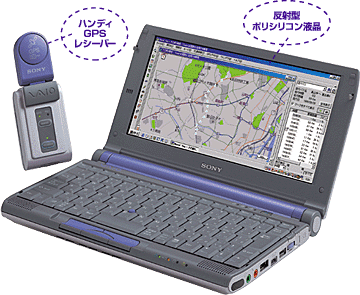
Já com GPS incorporado em cerca de 24mm de altura e 960g.
4º Sony Vaio GT3 Junho de 2001

Com uma câmara de 340k Pixels e monitor rotativo pesando apenas 1.1kg.
5º Sony Vaio PCG-X505CP Julho de 2004

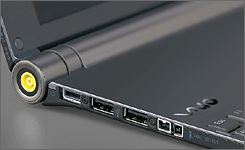
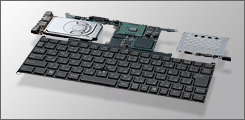
Já em 2004 se faziam portáteis realmente finos e condensados e até "chegavam a ter 2 portas USB e Firewire"
Espero que tenham gostado pois levei umas boas horas em pesquisa e até aprendi um pouco mais de história. Aqui fica o desafio.
Começo eu com um bem antigo:
1º Hewlett-Packard HP 110 Maio 1984 (review)

The HP 110 computer, also known as the HP Portable, is a portable MS-DOS computer produced by Hewlett-Packard. Probably the finest portable computer of its day, it has four-times the screen display as the popular but older TRS-80 model 100, and is screaming-fast at over 5 MHz.
The HP-110 is fairly heavy at 9 pounds, but has exceptional battery life, up to 16 hours. [...]
2º Apple Macintosh Portable (wiki) Setembro de 1989

The Mac Portable is Apple's first portable Macintosh computer. Although there were already PC laptops on the market, few were as fast or powerful. [...] The Portable is powered by an internal lead-acid gel/cell battery, similar to those found in car batteries, which can run from 6 to 12 hours. The trade-off is that the battery adds an entire 2 pounds to the weight of the Portable.
Como não há bela sem senão...
There was only one problem with the Portable which unfortunately led to its demise, it just wasn't very portable. Being rather large and weighing 16 lbs...
Damos um salto de mais de 10 anos, durante os quais pode ter havido alguma revolução que não me estou agora a lembrar.
3º Sony Vaio PCG-C2GPS Novembro de 1999

Já com GPS incorporado em cerca de 24mm de altura e 960g.
4º Sony Vaio GT3 Junho de 2001

Com uma câmara de 340k Pixels e monitor rotativo pesando apenas 1.1kg.
5º Sony Vaio PCG-X505CP Julho de 2004



Já em 2004 se faziam portáteis realmente finos e condensados e até "chegavam a ter 2 portas USB e Firewire"
Espero que tenham gostado pois levei umas boas horas em pesquisa e até aprendi um pouco mais de história. Aqui fica o desafio.



